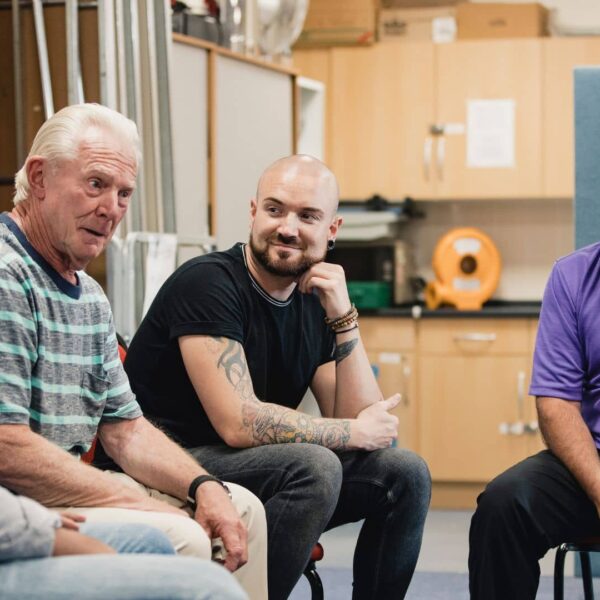Buurtzorg, autonomous teams of community healthcare


Foto: Buurtzorg
Home care organization that works through teams that have professional freedom and are responsible for their own operation. Each team is made up of 12 people and works in a neighborhood taking care of people who need support and managing the team’s work. Each new team looks for their own office in the neighborhood, dedicates time to introduce themselves to the local community and to get to know the GPs, therapists and other social and health professionals. The team decides how to organize the work, share responsibilities and make decisions.
As a KMPG study states: “Essentially, the program allows nurses (rather than nursing assistants or caregivers) to provide all the care the patient needs. And while this has meant higher costs per hour, the total number of hours has been lower. In fact, by changing the care model, Buurtzorg achieved a 50 percent reduction in hours of care, improved the quality of care and increased employee job satisfaction. ”
An Ernst and Young study estimated that the new system allowed a 40% savings on home care in the Netherlands.
Characteristics of innovation
Location
Netherlands
Partners / Funders
—
Genesis
Buurtzorg was founded in 2006 by Jos de Blok a community nurse in the Netherlands when he and some friends decided to set up their own group of community nurses. At the time the Netherlands health system was undergoing a shift towards centralization and commoditization of health care. He cites an example of a patient with dementia being visited by 30 different nurses and another patient who actually counted the number of different nurses and care-givers that visited him in one year – 150.
Implementation level
Buurtzorg scaled very quickly across the Netherlands from 1 to 850 teams, in just 10 years. During this time Buurtzorg grew in other areas of care such as mental health, children and families and also supported other Dutch international care organizations to take on the Buurtzorg model of care. Nowadays this non-profit company has expanded to 24 European and Asian countries.

Banc d’innovacions







